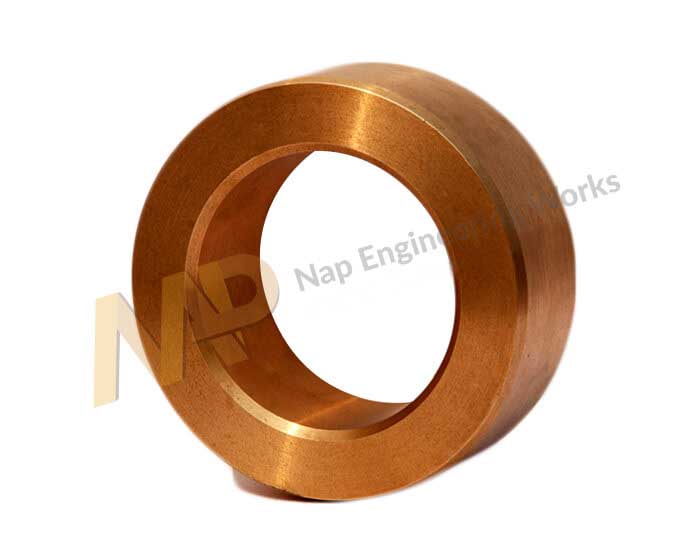Basic Points of Difference between Brass and Phosphor Bronze
If you happen to ask anyone who is aware of such matters, you will be told that there are no two alloys of metal that are exactly the same. However, they may very well have similarities with each other, and that is what makes it so important that you know the fine points of distinction between the two alloys. Each application calls for specific characteristics, and it can be quite a gaffe if you happen to use a metal alloy that is not perfectly suited for a particular use.
Two such alloys are brass and phosphor bronze. Although they may look like they are quite similar to each other, there are points that set them apart from each other, necessitating that you think twice about which one you want to use for which application. The leading phosphor bronze casting manufacturers list the points of difference between these two metal alloys.

Know the Differences between Brass and Phosphor Bronze
- Composition and Features
The thing that needs to be understood is both brass and phosphor bronze are made mixing copper with other materials. While brass combines the mixture of copper and zinc, phosphor bronze is constituted by copper, phosphorous and tin. The more the amount of zinc that is infused into brass, the stronger and more ductile it is going to be. However, in general, phosphor bronze casting manufacturers see to it that their products are considerably stronger and harder than the hardest brass. Phosphor bronze also has a significantly higher melting point when compared to brass. The best features that brass has to offer are machinability and strength-retention capability even after it has formed. On its part, phosphor bronze’s characteristics include a high corrosion-resistance, fatigue-resistance and enviable elasticity.
- Uses & Applications
One of the good things that brass offers is that it is fairly resistant to bacteria. This feature makes it suitable for use in various capacities in the medical industry. In fact, due to this feature, the fixtures that you see in bathrooms and even the knobs on doors are made from brass. The colour of brass also makes it aesthetically pleasing to the eye, leading to use in applications where the visual appeal has to be upheld.
When talking about phosphor bronze, you will be seeing more of its use in applications where the toughness and elasticity have to come to bear. Phosphor bronze casting manufacturers make their products in a way that when it comes to being used in high-performance roles like bolts, springs and fasteners, these can be one of the primary choices. Phosphor bronze castings see the most usage in manufacturing processes including bending, press-punching and drawing. Digital gadgets and automatic controllers often have phosphor bronze as one or more of their components.
As long as you are able to understand these key points of distinction between phosphor bronze and brass, you will be able to better decide on which one to get for your specific use.

